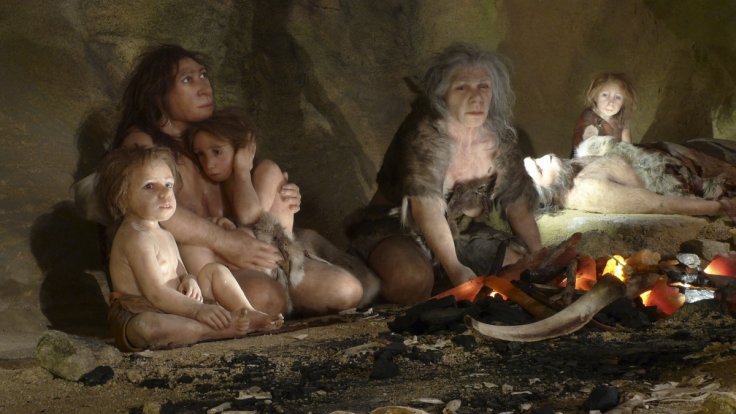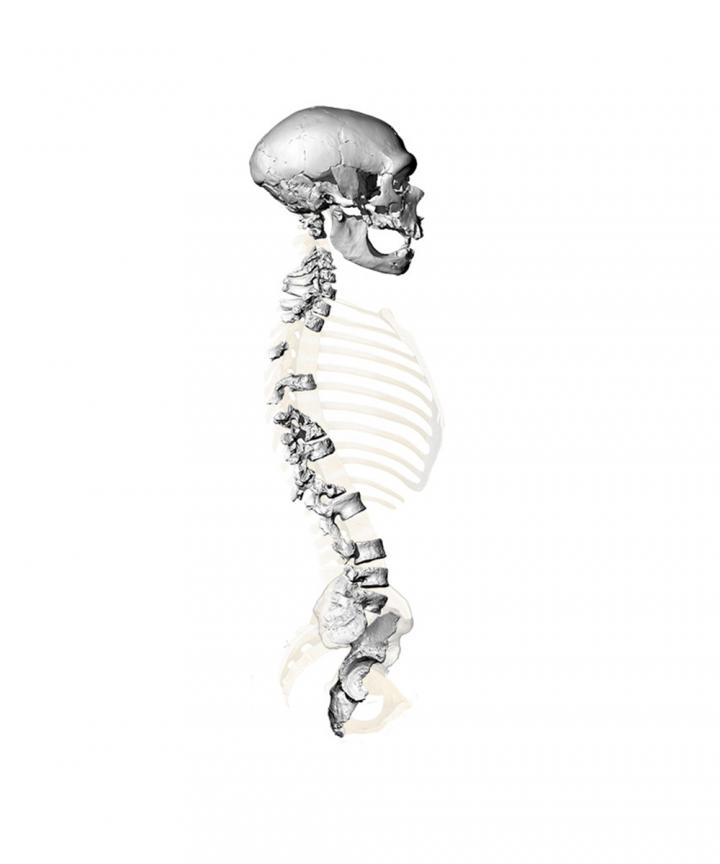
A group of Swiss scientists from the University of Zurich have claimed that prehistoric humans, commonly known as Neanderthals, who are often depicted as having straight spines and poor posture, used to walk upright just like modern humans.
As per the new study, the researchers used the virtual reconstruction process that showed pelvis and spine of a very well-preserved Neanderthal skeleton, found in France, to understand the science behind the body structure.
Earlier, in the 20th century, the first reconstruction of Neanderthals depicted them as only walking partially upright. It should be noted that these reconstructions were based on the largely preserved skeleton of an elderly male Neanderthal, who was discovered in La Chapelle-aux-Saints, France.
Since the 1950s, scientists used to believe that even though in terms of behaviour as well as environmental the prehistoric humans were similar to Homo sapiens, the common image of Neanderthal indicates to a hunched over caveman. But, in recent studies scientists have used a few isolated vertebrae to conclude that Neanderthals never had a well-developed double S-shaped spine.
Thanks to the virtual reconstruction of the skeleton from La Chapelle-aux-Saints that has now delivered evidence to the evolving ideas of the scientists.

The computer-generated anatomical model was created by the research team, led by Martin Haeusler from the University of Zurich, as well as Erik Trinkaus from Washington University in St. Louis. Through this process, they showed that both individuals in question as well as Neanderthals in general, had a curved lumbar area and neck, just like modern humans.
During the reconstruction of the pelvis, the team also observed that the sacrum was positioned in the same way like humans of today and it led the researchers to claim that Neanderthals possessed a lumbar region with a well-developed curvature.
When the researchers put the individual lumbar and cervical vertebrae together, they observed that spinal curvature was even more pronounced. The very close contact between the spinous processes, which is the bony projections off the back of each vertebra, became very clear, as did the prominent wear marks that were in part, due to the curvature of the spine.
Even the wear marks in the hip joint of the La Chapelle-aux-Saints skeleton also suggested that Neanderthals had an upright posture similar to modern humans. In addition, Haeusler said that "The stress on the hip joint and the position of the pelvis is no different than ours."
"On the whole, there is hardly any evidence that would point to Neanderthals having fundamentally different anatomy. Now is the time to recognize the basic similarities between Neanderthals and modern humans and to switch the focus to the subtle biological and behavioural changes that occurred in humans in the late Pleistocene," he further added.









